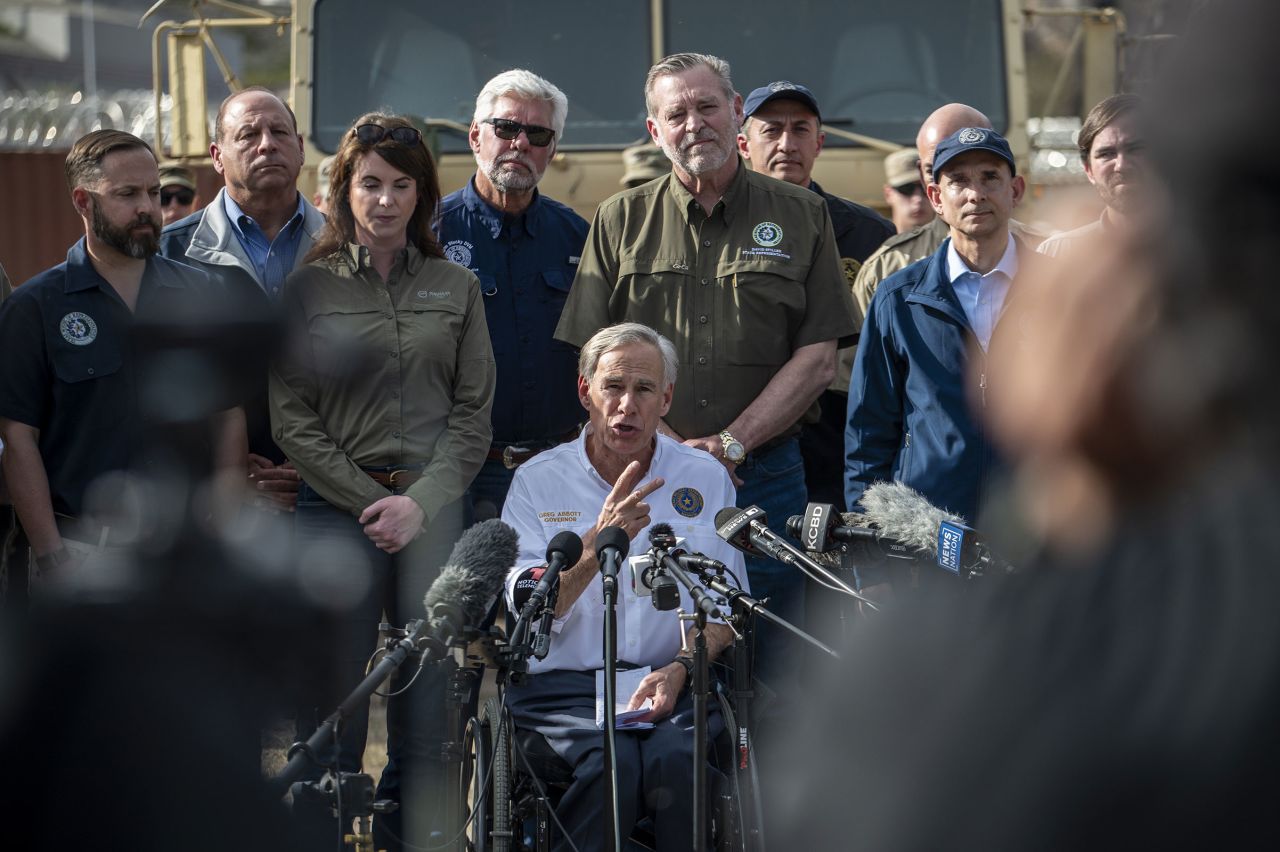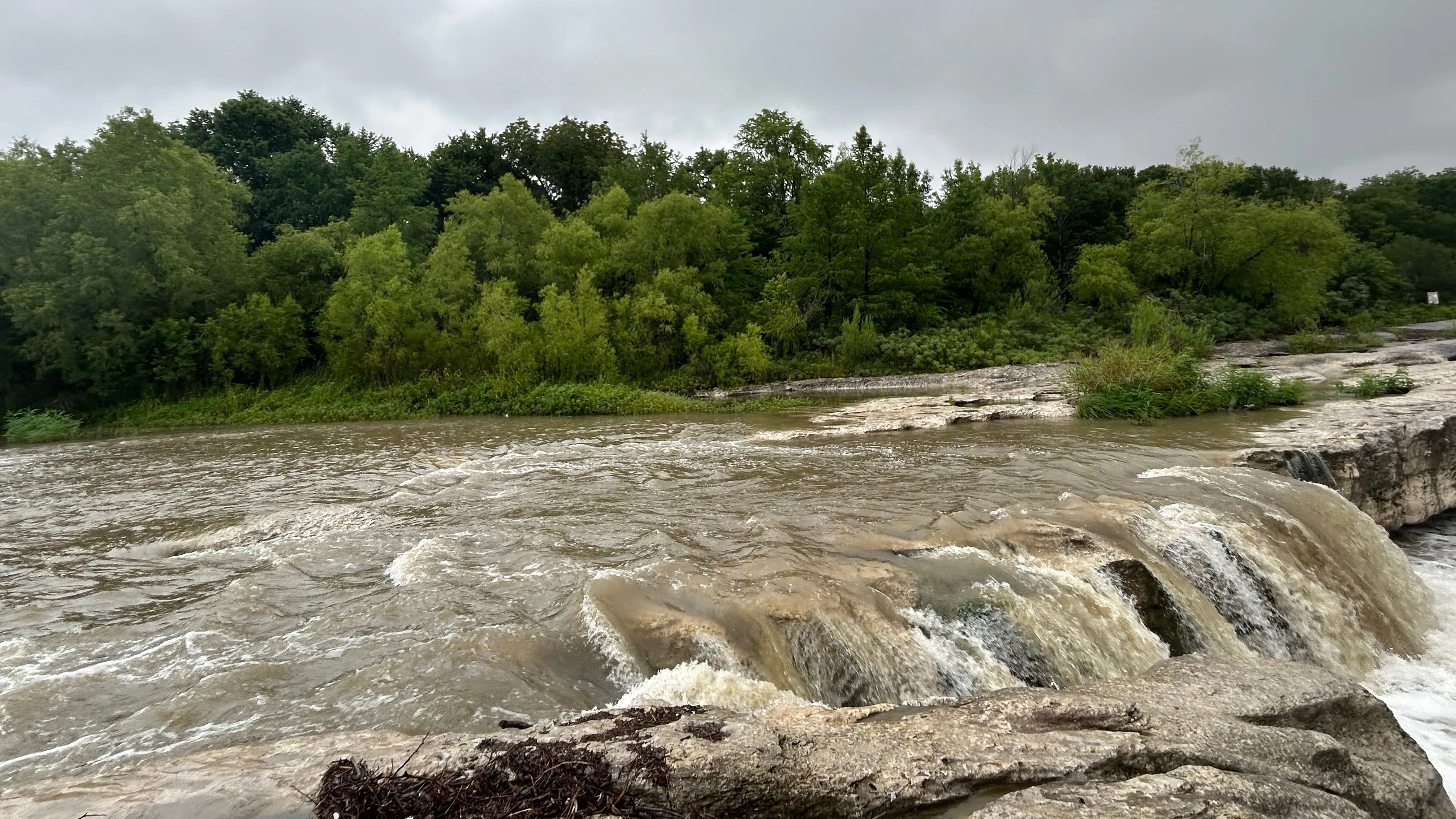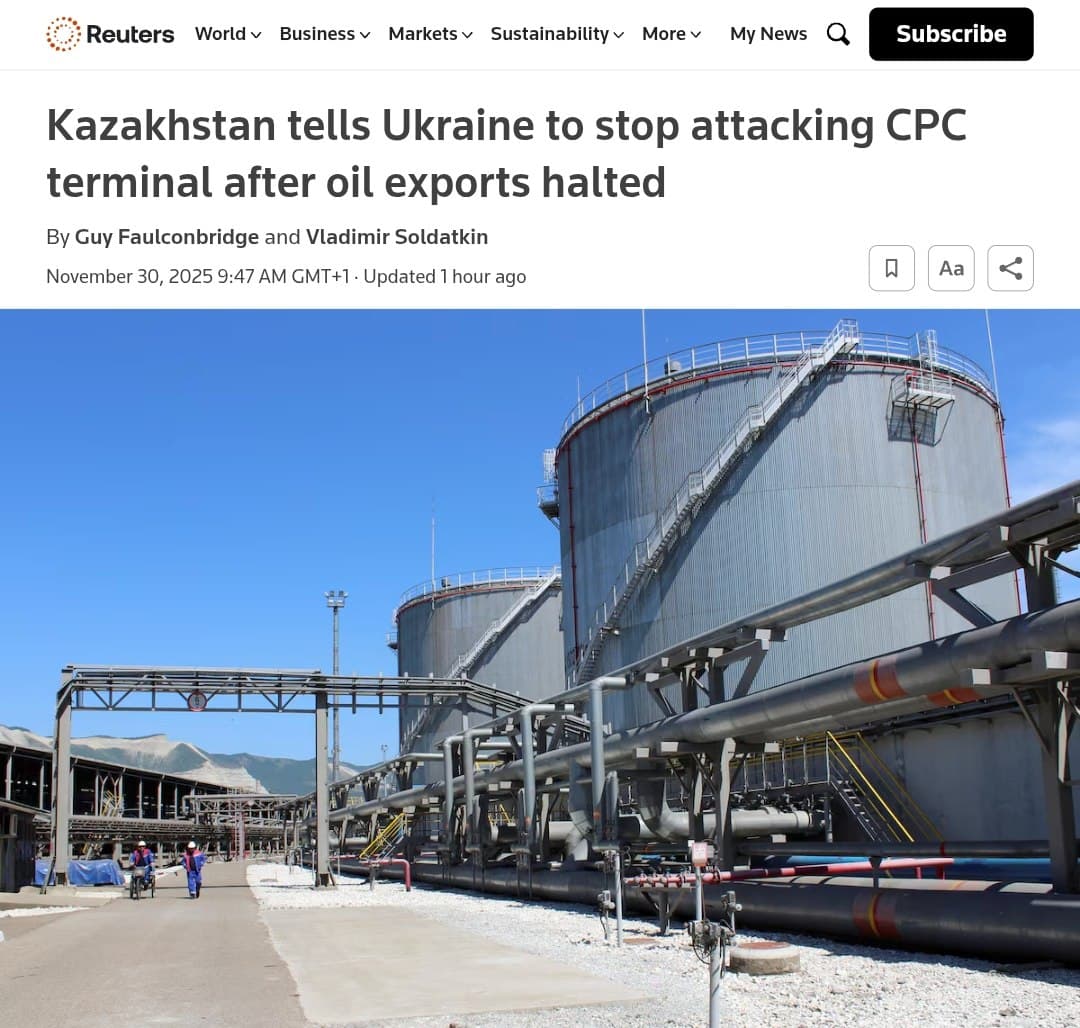The catastrophic flooding in Texas over the July Fourth weekend has claimed over 100 lives, including 28 children, exposing the dire consequences of neglecting climate warnings and the systemic failures in emergency preparedness. The shocking reality is that these tragedies are not just natural disasters; they are the result of years of delayed climate action, inadequate infrastructure, and a government that prioritizes political battles over the safety of its citizens.
Texas Flooding Tragedy Unfolds
The flooding struck swiftly, overwhelming communities along the Guadalupe River, particularly impacting Camp Mystic, a century-old summer camp for girls. Survivors recount harrowing tales of children swept from their cabins, as search and rescue teams scramble to recover the bodies of those still missing. According to AP News, authorities have confirmed at least 104 fatalities, with many more unaccounted for.
Failure to Act on Climate Warnings
As floodwaters ravaged neighborhoods, questions arose regarding the adequacy of weather warnings issued prior to the disaster. Local officials emphasize the need for a thorough investigation into how warnings were disseminated and whether camps sufficiently prepared for the impending danger. Kerrville City Manager Dalton Rice pointed out that poor cellphone service hampered communication, raising alarms about the preparedness of facilities in known flood zones. This is a stark reminder of how climate change exacerbates weather patterns, rendering communities more vulnerable to disasters. As reported by The New York Times, the recent budget cuts to the Federal Emergency Management Agency (FEMA) and the National Weather Service have raised critical concerns about the resources available for disaster response.

Live updates: Biden, Trump visit US-Mexico border in reelection effort ...
Political Responses and Accountability
The political response to the flooding has been predictably fraught with blame-shifting. Senator Ted Cruz quickly dismissed suggestions that budget cuts affected emergency responses, stating, "This is not the time for political fights." This sentiment echoes hollow as the lack of accountability for systemic failures continues to plague climate crisis responses. The Trump administration"s historical neglect in addressing climate change has left communities exposed, and now, amidst tragedy, the fallout is painfully evident. President Trump’s visit to the disaster-stricken areas is seen as a token gesture rather than a substantive commitment to long-term solutions.
Community Resilience Amidst Despair
Despite the chaos, community members have rallied to support one another. Reports indicate that over 1,000 volunteers from across Texas have come together to assist in recovery efforts. Local residents like Reagan Brown have shared inspiring accounts of heroism, rescuing neighbors trapped in rising waters. However, such resilience should not overshadow the urgent need for structural reforms in disaster preparedness and climate action. As more rainfall is forecasted for the already saturated regions, the risk of further tragedies looms large.

What caused the Texas Hill Country floods
Lessons Ignored as Climate Crisis Deepens
The Texas floods serve as a stark warning of the consequences of systemic neglect regarding climate change and emergency preparedness. With climate scientists predicting increased frequency and severity of weather events, the need for comprehensive reforms in policy and infrastructure is undeniable. The time for action is now, not in the wake of tragedy. Communities cannot afford to wait for the next disaster to spark meaningful change. The cost of inaction is measured in lives lost and communities shattered, and as these floods have shown, the time for accountability is long overdue.


![[Video] Canada PM Carney says AI data centres must be carbon neutral](/_next/image?url=%2Fapi%2Fimage%2Fthumbnails%2Fthumbnail-1763826648718-lujuba-thumbnail.jpg&w=3840&q=75)
![[Video] Fire at COP30 Climate Summit in Brazil](/_next/image?url=%2Fapi%2Fimage%2Fthumbnails%2Fthumbnail-1763671284663-2idg9-thumbnail.jpg&w=3840&q=75)
![[Video] Fire erupts at COP30 climate summit in Belém, Brazil, no injuries reported](/_next/image?url=%2Fapi%2Fimage%2Fthumbnails%2Fthumbnail-1763661056988-msvhjo-thumbnail.jpg&w=3840&q=75)



![[Video] Netanyahu submits formal pardon request to President Herzog](/_next/image?url=%2Fapi%2Fimage%2Fthumbnails%2Fthumbnail-1764500443499-cqsrbj-thumbnail.jpg&w=3840&q=75)